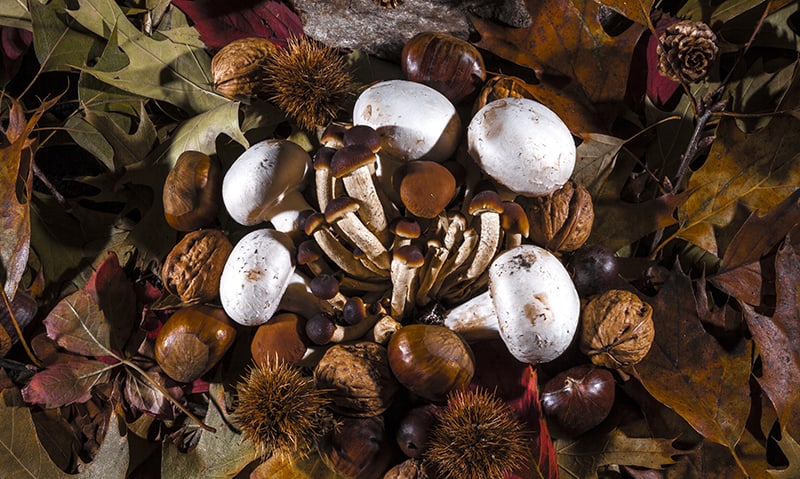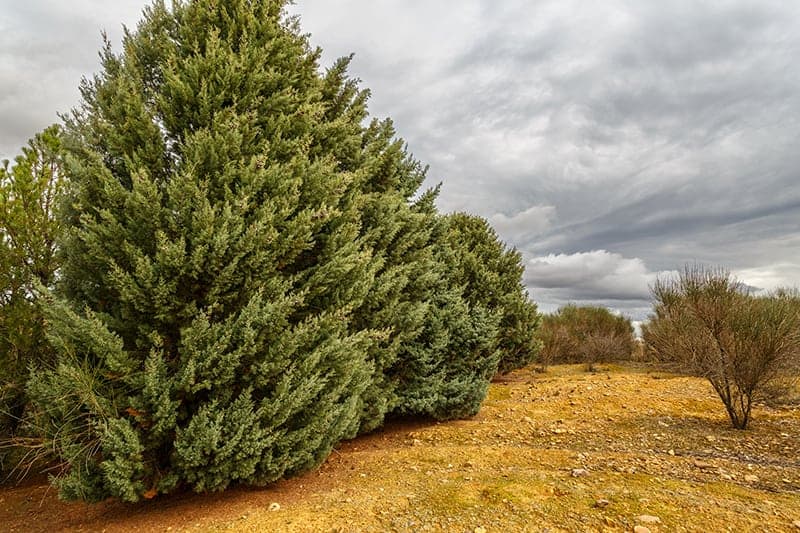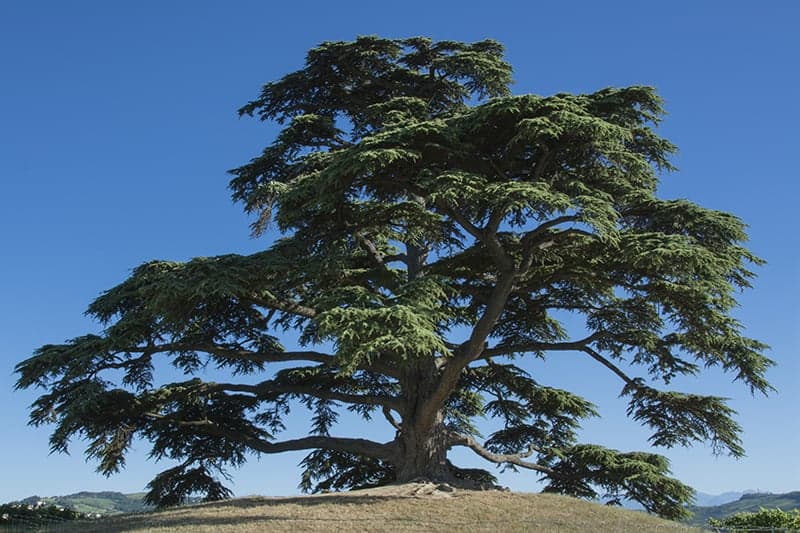Lettuces are such popular plants and dishes around the world that it's so ... Read More
- Home >
- Mushroom Compost – What it is, and How to Use it
Mushroom Compost – What it is, and How to Use it
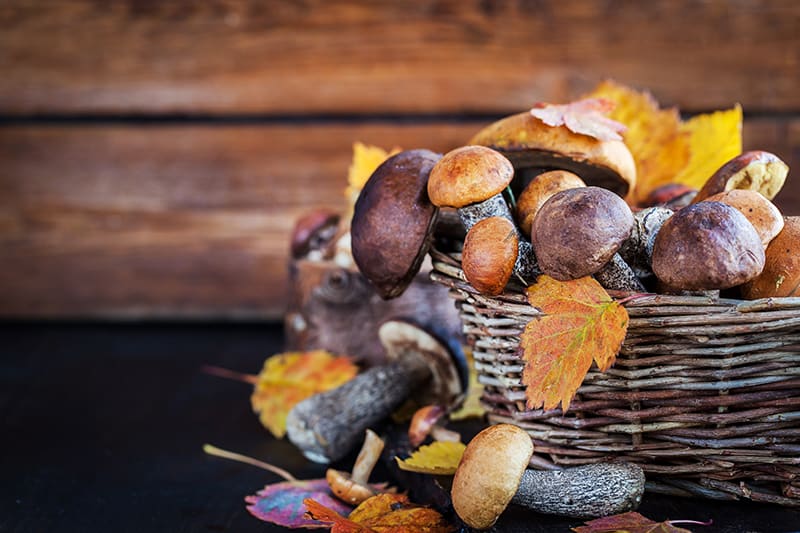
The name ‘mushroom compost’ implies that this type of compost is made with mushrooms, but actually, it does not contain mushrooms and instead is developed specifically for growing mushrooms. However, mushroom compost can be beneficial to a whole host of plants and vegetables, not just mushrooms. To find out all about mushroom compost, what it is, how to make it, and what to use it for, read on.
What is Mushroom Compost?
Mushroom compost is a specially mixed type of compost that is used for growing mushrooms. Once the compost is no longer commercially viable for producing mushrooms on a mass scale, the spent mushroom compost is commonly used for growing mushrooms or other vegetables on smaller scales, such as by home gardeners, or it can be used as a general compost in the garden.
Advantages of Using Mushroom Compost
Mushroom compost has many benefits and advantages, which can be put to great use in the garden. These benefits include the following.
Improve Soil Water Retention
Mushroom compost has a very high level of water retention, which is especially good for plants that like to have their roots kept in moist conditions, like ferns. The compost’s ability to retain water for longer than standard compost means that you won’t have to water your plants as frequently, which in itself has several benefits. In fact, estimates indicate that by mixing mushroom compost into your soil, you will reduce the amount you need to water your plants by half. This represents a huge saving on your water bill and also conserves energy.
If you’re interested in making your garden more environmentally friendly, then adding mushroom compost is a great way to help conserve water reserves, making it a sustainable choice. The fact that you won’t need to water your plants as often presents a personal time-saving benefit to the gardener.
Eco-Friendly
Spent mushroom compost is generated by growing mushrooms. It serves the purpose of growing mushrooms for several seasons before it is sold on as a general compost. This means that it is a by-product of the mushroom growing industry and requires no additional resources to produce it. This makes the compost an eco-friendly choice, as it is recycling and re-using a product that would otherwise serve no purpose.
Improves Soil Structure
Mushroom compost that is used commercially usually has a straw base. This element of the compost makes it particularly good at improving the drainage of the soil, and it especially helps to break down dense or clay soils over time. This improvement of the structure of the soil will help to reduce waterlogging, and encourage more effective water drainage, which will lead to healthier plant roots. Improved drainage helps to prevent root rot, as well as fungal infections that are typically the result of too much moisture close to the plant.
Mild Nitrogen Content
Mushroom compost has a low nitrogen content because much of the nitrogen in the compost will have been utilized by the mushrooms that were originally grown in it. While a low nutrient level might sound like a poor idea, it actually can be very beneficial. The low level of nitrogen will provide a slow intake of nutrients for your plants, without encouraging weeds to grow. Fertilizers that have high nitrogen levels do have their uses, but the problem with them is that they can cause too much leafy growth at the expense of flowers and fruits, and they also result in the production of weeds because nitrogen gives them a huge boost. Compost such as mushroom compost with low levels of nitrogen is good for the long-term health of plants.
Slow-Release Fertilizer
Like most types of compost, mushroom compost provides low levels of lots of different nutrients to the roots of plants over time, as it gradually degrades. This makes it great as a slow-release fertilizer, feeding the soil and therefore improving plant health.
High in Calcium
Mushroom compost has high calcium levels, which makes it especially useful for growing fruits and vegetables that thrive with a good calcium supply. This type of compost would be especially beneficial for growing tomatoes, as tomatoes often suffer from a blossom end rot as a result of having too little calcium available in their soil.
Effective Mulch
Mushroom compost works as an effective mulch when several inches are added on top of the soil, acting as a layer of insulation. It will help to keep plant roots cool in the summer and warm in the winter, and it will help to prevent moisture from evaporating. By adding mushroom compost as a mulch to top-dress soil, the nutrients will gradually filter down into the soil as you water the plants, or when rain carries the nutrients down into the layers beneath.
Attracts Earthworms
Worms love moist soils, and as mushroom compost improves water retention, it makes it especially attractive to worms. Having soil that encourages earthworms to set up home in your garden is beneficial to your plants, as worms improve soil structure, improve drainage, and allow roots to be able to extract nutrients from the soil more effectively.
Disadvantages of Using Mushroom Compost
Although mushroom compost can be a useful addition in the garden, it does have certain drawbacks that make it unsuitable for use in certain instances. It’s important to understand the disadvantages of mushroom compost to ensure it is used appropriately and not cause any unintended damage.
Can Cause Water Logging
Depending on the type of plants you are growing, mushroom compost’s water retention abilities can be a benefit, but for plants that thrive in dry conditions, mushroom compost is bad news. Mushroom compost would not be beneficial in a rock garden or for growing succulents, as these types of plants would soon decline if their roots were kept moist. Providing consistent moisture isn’t the only problem that can arise in water-retentive composts, but if you use too much mushroom compost, you could encourage the soil to become waterlogged. It is for this reason that mushroom compost should be used sparingly and as soil improvement, rather than as a growing medium by itself.
Can Cause Rot or Fungal Infections
Another problem that can occur as a result of the moisture retention qualities in mushroom compost is rot and fungal infections. Root rot develops when moisture is held too close to the roots of a plant for too long, and once rot sets in, it is very difficult to recover from, and typically results in the death of the plant. In spite of the fact that mushroom compost ensures the soil remains moist, root rot will actually cause your plant to die of thirst. Rotten roots cannot absorb moisture or nutrients, thereby starving the plant to death. Fungal infections can also occur as a result of soil that is kept too moist. If your mushroom compost supplies consistent moisture to your plants, it can attract fungal infections, as these are most prevalent in moist or wet conditions.
High in Salt
Mushroom compost has high salt levels, and though the levels will be diluted when mixed with the soil, the salt content is still high enough to be problematic for some plants. Mushroom compost should not be used for germinating seeds or for planting seedlings in, as before they are fully established, they can be tender to high salt levels. There are also some plants that are sensitive to salt in soils even once mature, and these include blueberries, camellias, and azaleas. If using mushroom compost, you need to be sure that the plants you are growing are tolerant of salt.
Contains No Beneficial Microorganisms
Prior to being sold, mushroom compost is sterilized. This is because it is a recycled compost that has already been used in the mushroom growing industry, and therefore could contain pests, diseases, seeds, or weeds. The sterilization process eliminates any possible nasties hiding in the compost, but it also kills all of the beneficial microorganisms. This means that mushroom compost is not useful as a means of helping to protect plants from disease. If you want to improve the level of beneficial microorganisms in the soil, you should mix a non-sterilized compost with the mushroom compost prior to mixing it with your garden soil.
Can be Alkaline
Most types of mushroom compost have a neutral pH level, but some types will have been made using chalk, and this will cause them to be more alkaline. If you are unsure of the pH level of your mushroom compost, you can use a pH test to find out, or if you want to err on the side of caution, you should avoid planting acidic-loving plants in your mushroom compost.
How to Make Your Own Mushroom Compost
Mushroom compost can be purchased in bags and is often sold under the name ‘spent mushroom compost’ or ‘spent mushroom substrate,’ but you can also make your own at home. To make mushroom compost on a small scale, you can do so in your kitchen using the following method:
1. The most popular organic fertilizer to use in creating mushroom compost is straw. You will need to use a wood chipper to chop the straw into small pieces.
2. Clean your chipped straw in a large tub or in the sink, by submerging the straw in soapy water and then draining it.
3. Place the washed straw into a large pan of boiling water. This will pasteurize it.
4. Reduce the heat to around 160° F, then allow it to soak for at least an hour.
5. Drain the straw on a clean surface, and let it cool.
6. Plant the straw with mushroom spores.
You can also make mushroom compost on a larger scale, using a compost bin or a compost heap. The method for this is as follows:
1. Saturate five bales of straw with water, then drain for 24 hours.
2. Begin assembling your compost heap by layering straw with horse manure and gypsum. Layer one bale or straw, followed by 1kg of gypsum, and 35kg of manure. Then repeat the layering process until your materials have run out.
3. Leave your heap to break down naturally, and encourage this by mixing it every week with a shovel. You should aim to mix in such a way that the outer materials are moved to the center of the heap so that they can warm up.
4. One the heap no longer produces heat, it will be ready to use as compost.
How to Use Mushroom Compost
Mushroom compost needs to be mixed with soil and should not be used alone to grow plants in. If you are amending your soil with neat mushroom compost, you should mix it in at a ratio of one part compost to two parts soil. You can also buy soil that is pre-mixed with mushroom compost already added, and this type of compost can be used as it is, with no additional mixing needed. Mixing the compost will dilute its salt levels and ensure nutrients are released slowly and evenly.
The water retention quality of mushroom compost is quite extreme, so if you were to plant anything in it undiluted, then you can be fairly certain you will soon find fungal infections and rot, whereas by diluting it correctly, you will have a well-draining soil with many benefits.
As well as mixing mushroom compost with soil before planting, you can also use it to top-dress soil. To do this, add a few inches of neat mushroom compost on top of the soil, being careful to leave a gap around the stems of plants or trunks of trees. You can also use mushroom compost as a soil amendment in houseplants, to help with water retention and provide slow-release nutrients. Be sure to only add small amounts into your houseplant soil, and ensure pots have drainage holes in the base.
Mushroom compost works well for tropical houseplants that enjoy consistently moist soil; avoid using it in pots that contain succulents, cacti, or any houseplants that thrive in dry soil.
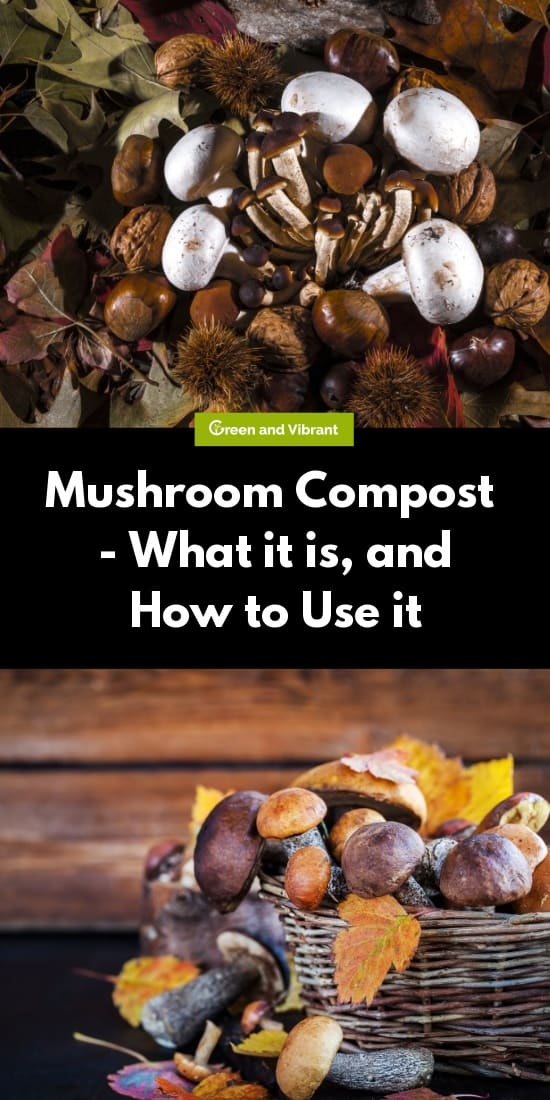
Related Content
-
Growing Lettuces At Home – What You Need To Know
-
A Guide to Winter Plant Protection
One of the most disappointing things as a gardener is to spend all spring ... Read More
-
How to Rebloom Orchids – Our Best Tips
Orchids are common houseplants because they are beautiful and usually fair... Read More
-
Best Ant Killers: Top 10 Ant-Killing Products
Ants are everywhere, and once you have an infestation, you’ll be hard pres... Read More
